Revenue. Profit Margins. Cash flow. What does it all mean?! If your head spins when you see these terms, you’re not alone. But understanding the numbers in your biz is a must if you want to make reasonable predictions and set clear goals. That’s why today we’re breaking down all of the financial mumbo jumbo that you need to know to create a solid financial plan for your biz.
Let’s be friends! Find us on Instagram http://instagram.com/bizbirthdaybash @bizbirthdaybash. For all show notes please visit http://www.bizbirthdaybash.com/podcast
Grab your FREE Training — 4 Essentials You Need to Turn Your Biz into a Profit Party: https://bizbirthdaybash.com/free-training
The Basics
1. First, start with goal-setting.
Ask yourself:
-
How much money do I want to be making?
-
Will my creative biz be my main source of income, or do I just want to make extra money on the side?
-
Do I plan on selling digital products or physical products? (This will come into play for your profit margin.)
-
How much time do I want to be spending on my business each week?
2. List your income sources
Ask yourself:
-
Where is my money coming from?
-
Are there streams of revenue that I should be putting more time/effort into? Are there some streams that take up a ton of time, but bring in pennies?
3. Calculate your fixed expenses.
Evaluate recurring costs like:
-
Your website hosting
-
Customer Relationship Management Software
-
Service providers/contractors (bookkeeper, virtual assistant, etc.)
-
Misc. subscriptions (Canva, Adobe, etc.)
Plan for any large ‘one-time spends’ coming up, like placing a huge notepad order or buying a new $3000 piece of equipment.
The not-so-basics
4. interpret your profit and loss statement
Terms to know
Revenue
-literally every dollar that comes in
Gross profit
-total revenue minus cost of goods sold (anything that goes into the cost of making your product)
Net profit (or income)
-gross profit minus expenses (all of your fixed expenses from before, taxes, etc, all operating expenses._
5. Cash flow vs. profit
This is something I try to pay close attention to in my financials!
I think this is one metric newer businesses tend to overlook but it’s definitely important if you actually want to be sustainable.
What’s the difference between cash flow and profit?
Cash flow measures how much money is available to your small business at any given point, literally how much ACTUAL money do you have on hand.
Profit is the amount of money that your products and services are bringing in.
Basically, the difference is TIME, like how soon can you have that money on hand? Or when do you need to pay that credit card bill? How short is your sales cycle?
This is going to be confusing, but you can be a profitable business but still not have positive cash flow, and you need BOTH in order to grow.
Examples of limited cash flow:
Let’s say you get paid a retainer for wedding invitations. However, you won’t receive the second half of that payment until the wedding date, a tear later. In the meantime, you have bills to pay.
Now, let’s plug in some numbers. Let’s say the total retainer was 6K. You received half upfront, 3K. But over the next 6 months, your operating expenses are 4k, AND you also have to pay for the cost of the job, let’s say it’s $500. So even though you are profitable on the project, you don’t have cash flow coming in to support those bills or invest in new things for your biz (like a printer or paying for a booth at a show to get more clients), so it can be difficult to get out of that cycle.
Another example of a biz decision that can seem GREAT, but may get you into cash flow issues. Buying 10,000 envelopes up front because you know you only use white envelopes but you now have invested a ton of $$ into something without the sales yet to back it up. Sometimes buying HUGE amounts aren’t the best solution if you don’t have the cash flow to back it up.
Basically, to avoid issues with cash flow, avoid overspending or spending too soon.
How to increase cash flow
-
Spread out large purchases so you have time to ‘recover’
-
Inventory management (understanding your sales numbers)
-
Stay on top of invoices (sometimes, offering an early payment incentive could be a great option if you need cash flow.)
-
Host a sale to get cash flow coming in before investing in purchases for your biz.
-
Look for additional revenue streams
-
Not getting caught off guard for seasonal revenue dips (look at last year’s trends)
Why positive cash flow is important
-
It gives you buying power
-
Protects you from debt
-
When you have no money to spend, it’s hard to grow. Positive cash flow has helped me take advantage of sales on supplies and invest in new products.
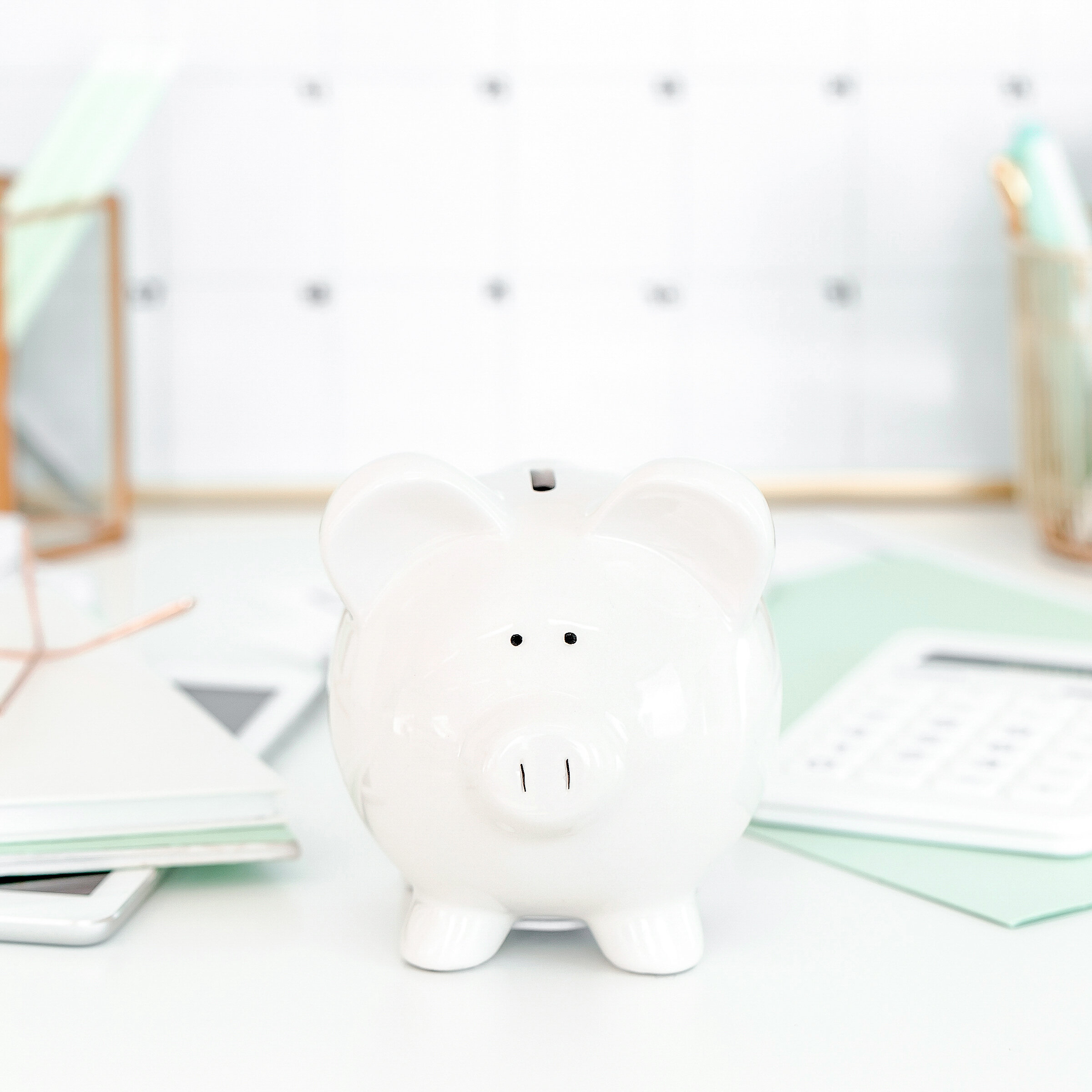
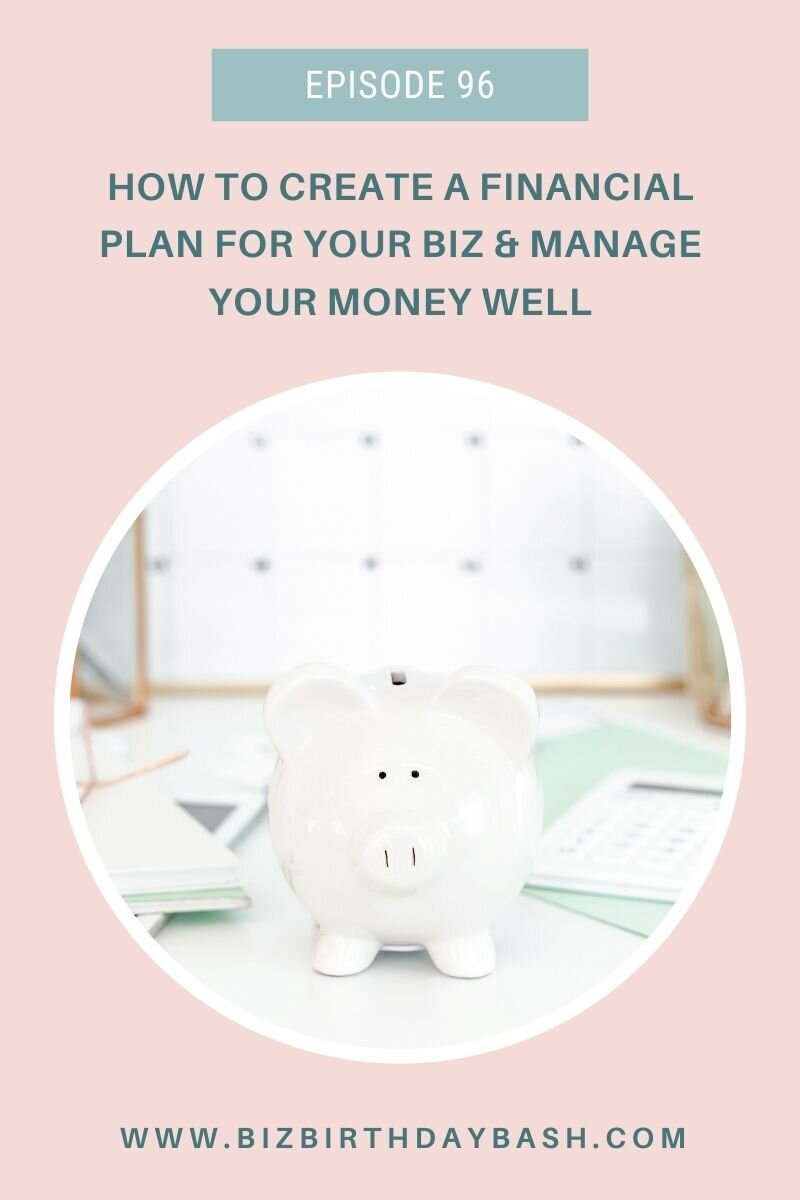

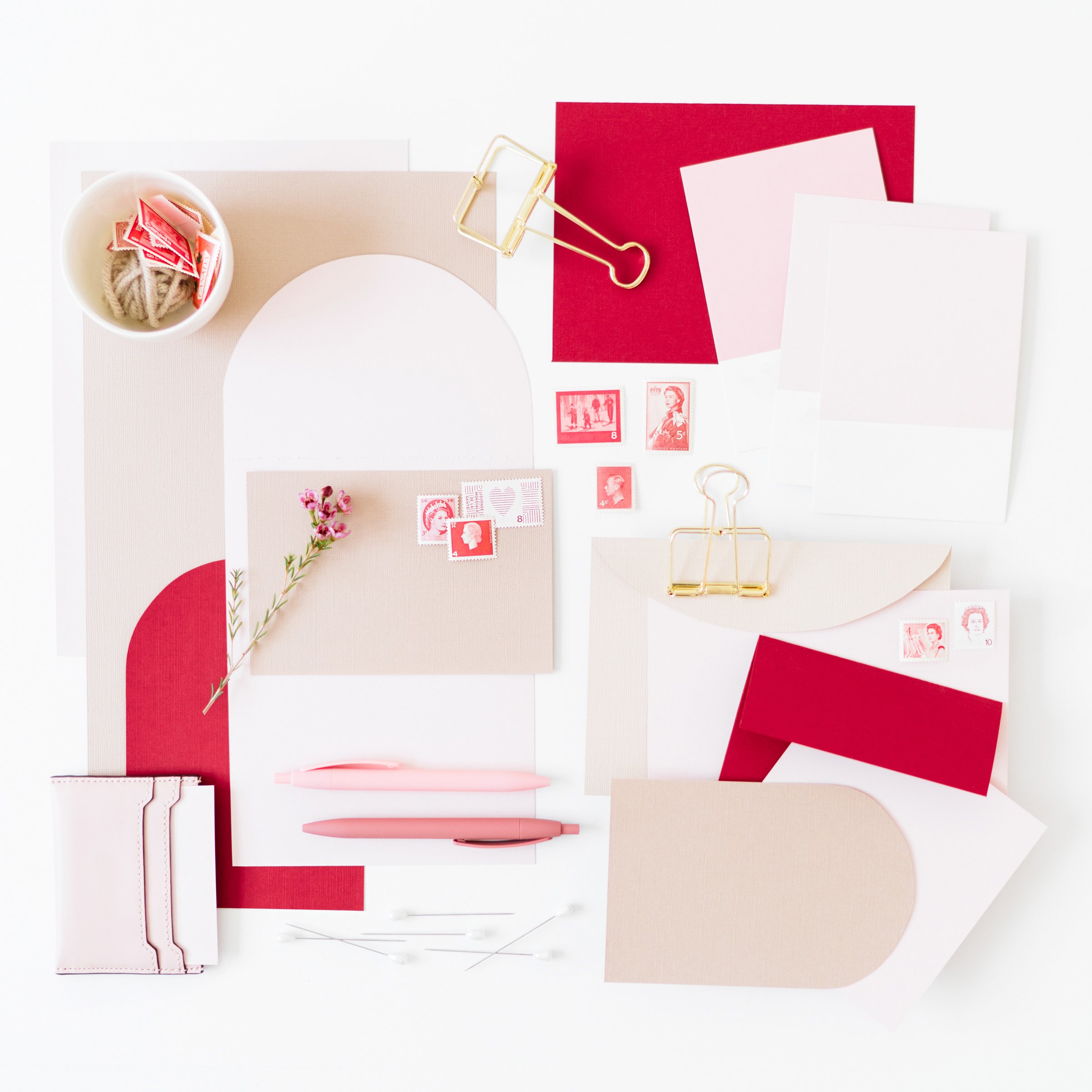
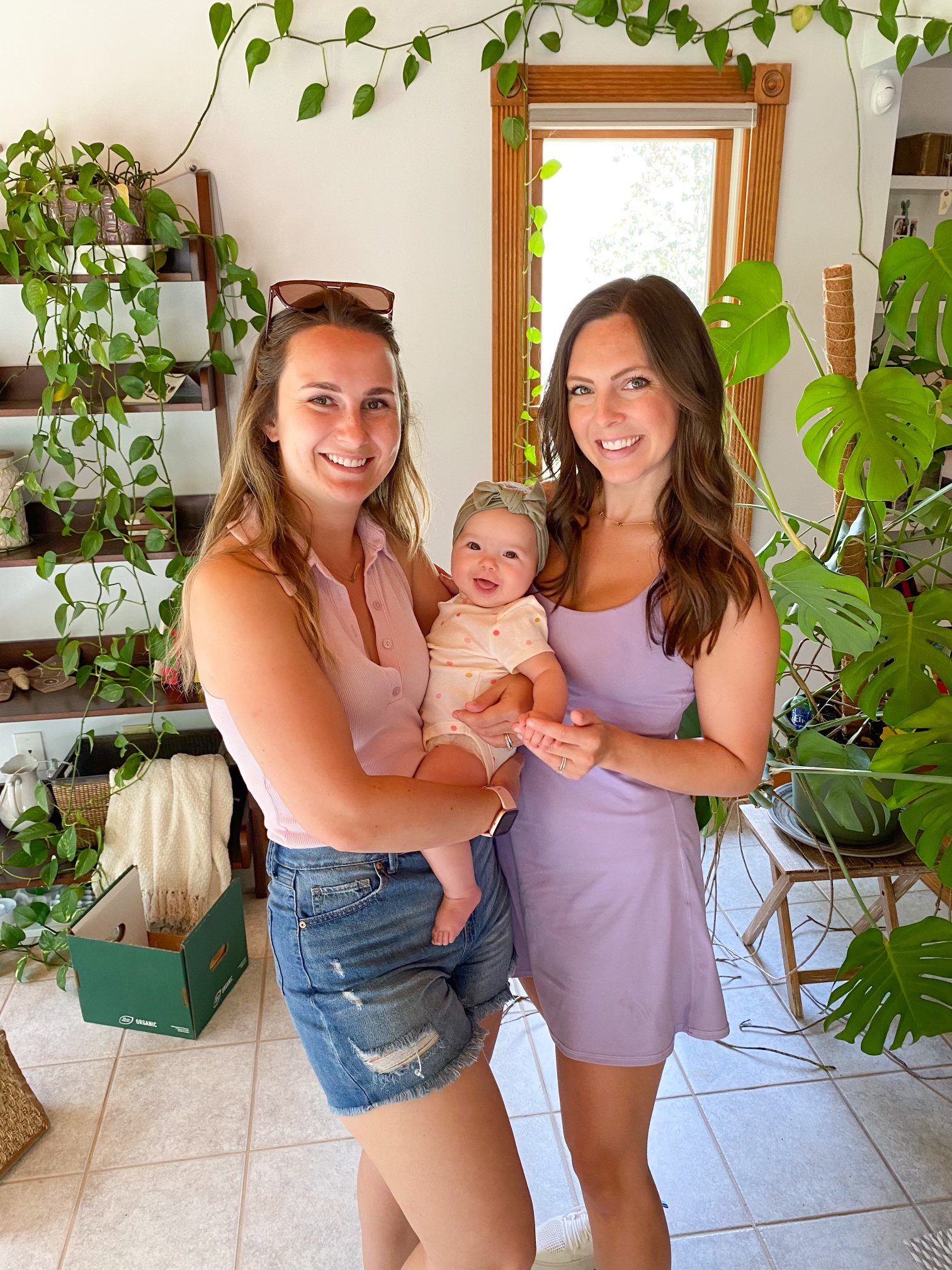


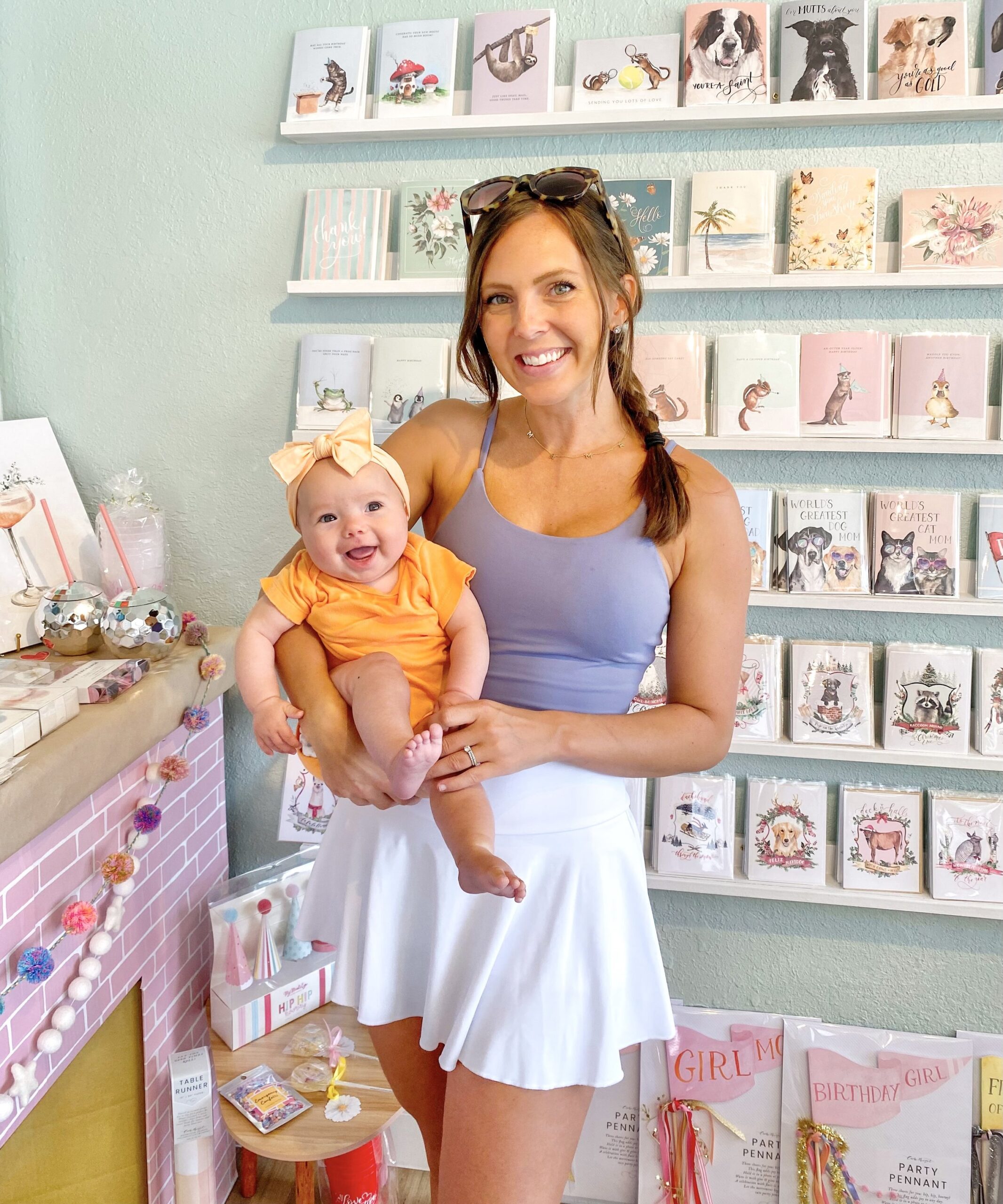
+ show Comments
- Hide Comments
add a comment